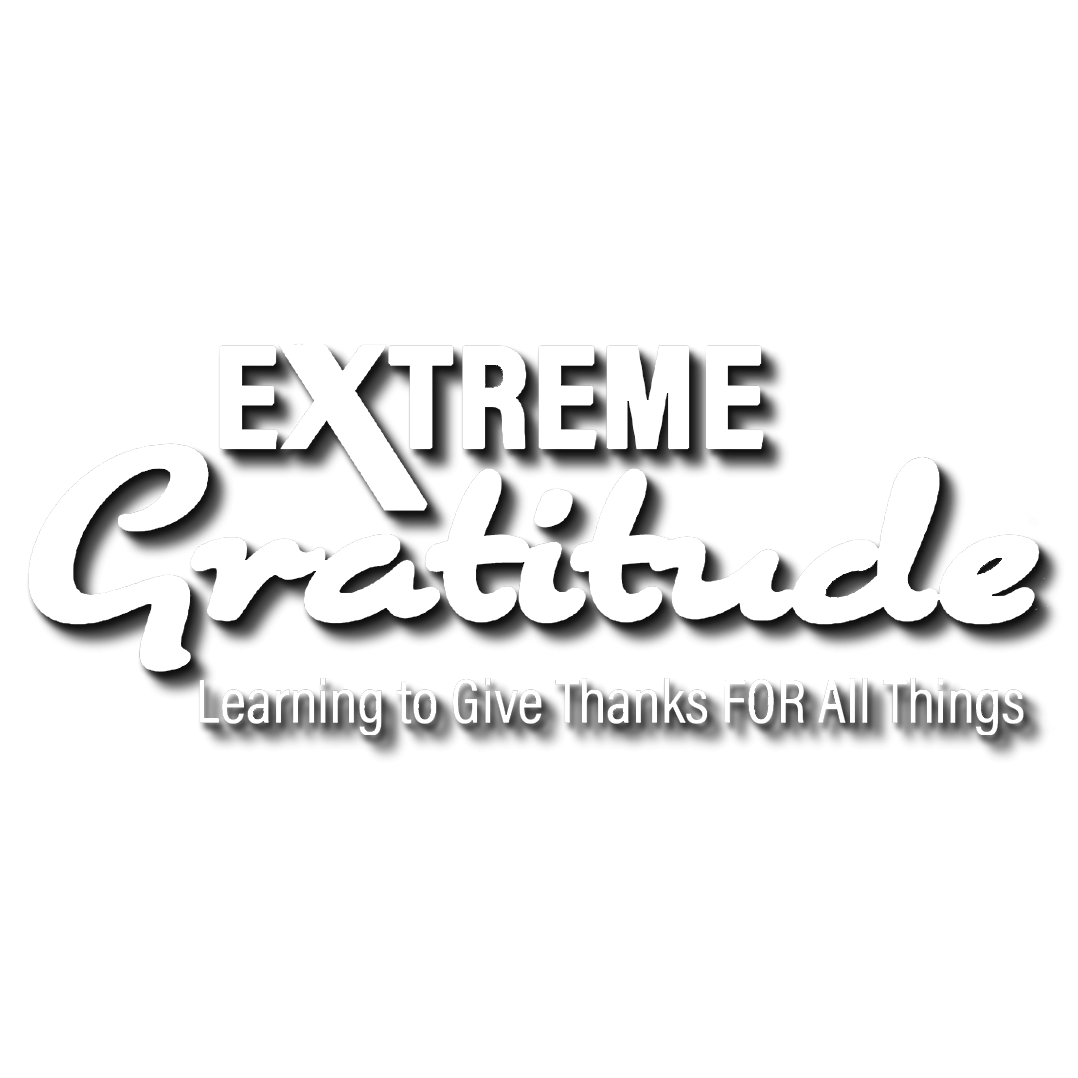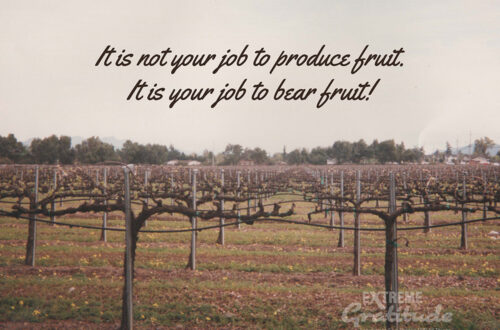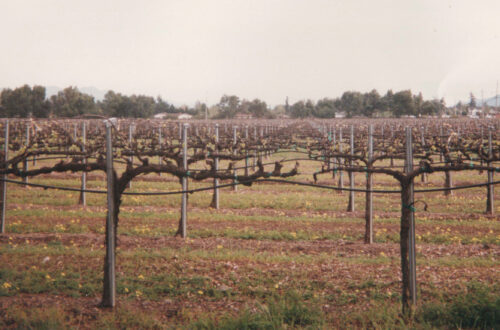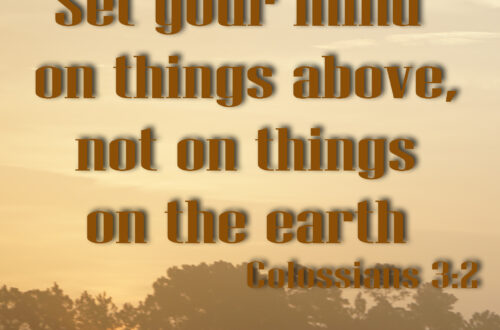Old Covenant
- The animal was sacrificed in front of the people – daily sacrifices, annual feast days, and the day of atonement – outside the tent of meeting.
- The blood of the sacrifice was taken into the tent of meeting and sprinkled before the veil and on the four horns of the altar of incense.
- The remainder of the blood was poured out at the base of the altar of sacrifice before the people.
- The people remained in the outer court, as onlookers, while the priests ministered within the place of meeting. The veil hung in the temple to separate the holy place where the priests ministered, from the holy of holies in which the glory of God dwelt, and into which the high priest could enter only once a year, with the proper preparation and sacrifice.
- It was a system of repeated rituals.
New Covenant
- Jesus was taken to a hillside where he died in public view, once for all.
- Jesus’ hung on the cross, blood flowing from His head, hands and feet; and He turned the cross into an altar of incense as He interceded for His executioners.
- Jesus’ blood was poured out at the foot of His cross, before a crowd of on-lookers.
- We have confidence to enter the holy place by the blood of Jesus, by a new and living way which He inaugurated for us through the veil, that is, His flesh (Hebrews 10:19-20). This hope we have as an anchor of the soul, a hope both sure and steadfast and one which enters within the veil, where Jesus has entered as a forerunner for us… (Hebrews 6:19-20).
- It was a once and for all work by God on our behalf.
We do not have to stand in the outer court and watch ever again. Christianity is not meant to be a spectator religion. You do not have to watch while the “priest” (or any “professional Christian”) ministers on your behalf. The veil was torn. Jesus made a way for us to abide in the presence of God. It is no longer a once a year thing reserved for the priesthood. It is no longer confined to a place – not a tabernacle, a temple, or even a church building. It is offered to us as our day-to-day experience and lifestyle. Will you be content to stand on the outside looking in?
When you call out as David did, “Deliver me from bloodguiltiness,” He bids you to enter into His presence, into the Holy of Holies. He bids you to draw near to Him, “having our hearts sprinkled clean from an evil conscience and our bodies washed with pure water” by means of an eternal, once for all redemption.
When you long for Him to “hide Your face from my sins,” He says, “I did.” When He turned His back on His Son, prompting Him to cry out, “My God, why have You forsaken me?”, He was turning His back and hiding His face from your sins and mine.
Bottom line, He has done it all. He has covered the bases. He has made the way for you to be restored to a loving, living relationship with Him. Your part is to stop trying to fight Him. Stop running from Him. Stop trying to please or appease Him. Stop trying to make yourself acceptable to Him. Becoming a Christian is not something that you do by your own self-effort. Your part is to cease from your efforts and find the rest for which you are searching by trusting that what Jesus did was sufficient to meet your needs, to make you clean and whole, to straighten out the mess you and others have made of your life, and to make you acceptable to God. Rest in Him and His finished work on your behalf.
If you are a Christian, whether you realized the process or not, that is what happened when you became a Christian. It is what every Believer has in common. No matter what your testimony is as to how you came to Christ, this underlying process is what took place at salvation. You get in by the cross. You get in by grace, through faith. You get in by ceasing from your efforts and resting (trusting, “faithing”) in His.



